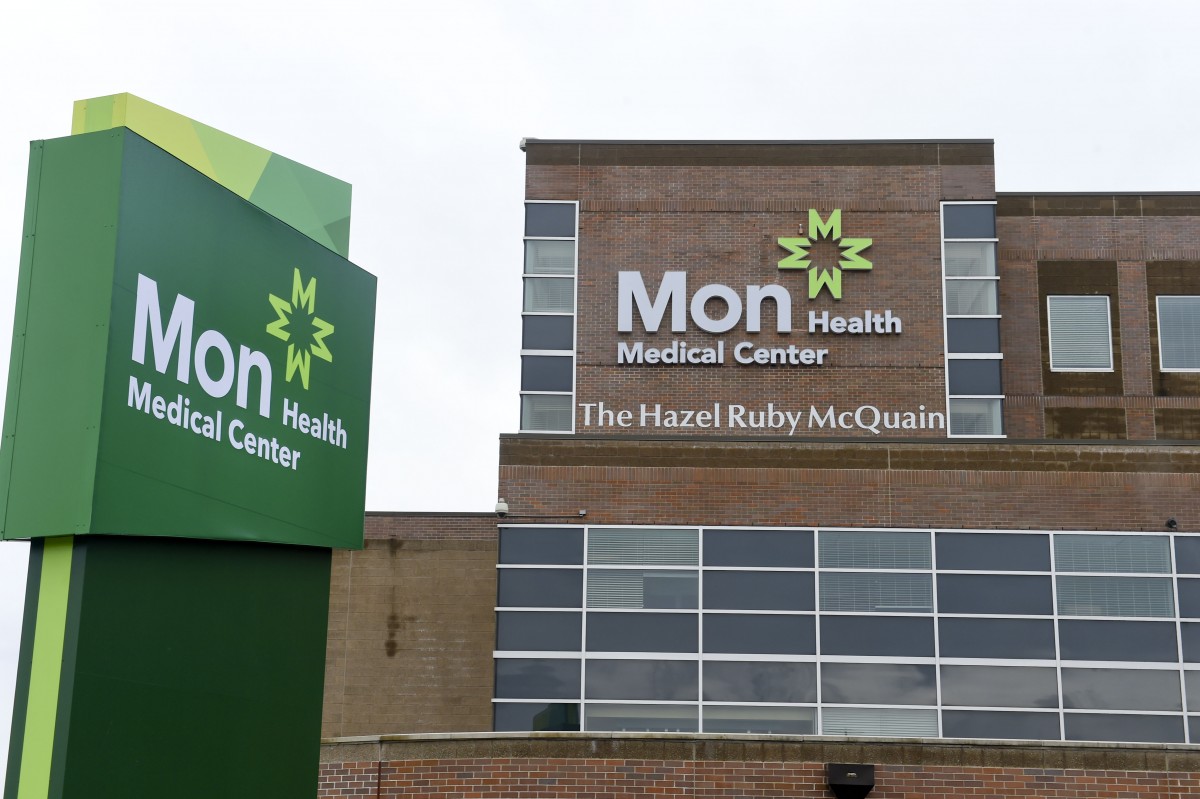MORGANTOWN — Visitors and patients in Mon Health System facilities are used to hearing emergency codes over the loudspeaker system: “Code Orange,” “Code Walker,” and so on.
Starting Wednesday, Dec. 1, Mon Health will transition from emergency codes to Plain Language Alerts at all of its facilities. Mon Health said it will be among the first health systems in the state to move to plain language.
Codes convey events and emergencies and communicate to response teams that help is needed. Plain language alerts will say what the event actually is in common terms and everyday language, for example “Hazardous Spill” instead of “Code Orange.”
Mon Health said more hospitals across the country, with the support of several state hospital associations, have moved to plain language alerts for ease of communication and understanding. Several federal agencies and national associations support plain language.
“A Mon Health System collaborative of representatives at each hospital met to evaluate best practice and develop standardized terminology,” said Maxine Cantis, risk manager for Mon Health System. “Moving to plain language will increase situational awareness of events and reduce delays which, in turn, will provide a better experience for our patients, visitors, and employees.”
Cantis told The Dominion Post they will have a standardized format for each alert, broken down into facility alert, medical alert, or security alert categories.
For example, “Facility Alert + Hazardous Spill + Location + Directions” or “Medical Alert + Stroke + Location + Directions,” she said.
Most of the medical alerts trigger response teams or certain procedures, so additional detail wouldn’t be announced unless needed, she said. For example, instead of “Code Walker,” they will announce “Security Alert + Missing Person + Directions.”
Out of a listing of about 20 codes that were changed to plain language, only “Code Red,” for fire, and “Code Blue,” for critical medical emergency, will remain in code terminology, Cantis said.
“When the Collaborative Team researched best practice with these two codes, they were so widely known and many of our facility systems are tied to these codes,” she said. They will follow the same format, “Facility Alert + Code Red + Location + Directions” or “Medical Alert + Code Blue + Location + Directions.”
Mon Health said the intent of using plain language alerts is to:
- Promote the safety of patients, visitors, physicians, and hospital staff;
- Reduce errors;
- Increase transparency of communications and safety protocols;
- Align with national safety recommendations;
- Reduce confusion for staff or physicians who work in more than one facility with different codes.
TWEET David Beard @dbeardtdp
EMAIL dbeard@dominionpost.com




